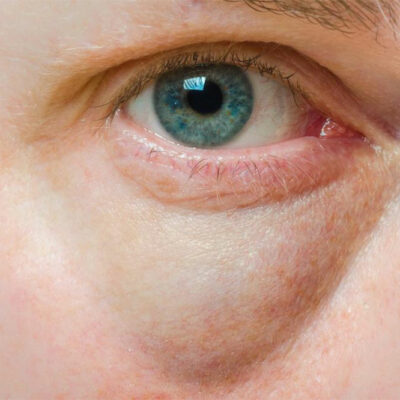
Health
Signs and Symptoms of Lymphoma
Lymphoma is a type of cancer that originates in the lymphocytes, which are the cells in the immune system that fight against diseases. In a person suffering from lymphoma, the lymphocytes grow and change in an uncontrolled manner. Besides medication and other treatments, the food you eat plays a key role in recovering from diseases like these, which we’ll discuss further below. However, first let’s review the signs and symptoms of lymphoma: Itchy Skin Reports indicate that approximately a third of Hodgkin’s lymphoma patients experience itchy skin and rash due to chemicals in the skin, known as cytokines, which are triggered to fight off cancer cells Fever Common in cancer patients in general, low-grade fever can come and go gradually in lymphoma patients, particularly if infection is present. Pain and swelling of the lymph nodes This typically occurs in the lymph nodes of the groin, armpits, or neck. Breathlessness Also known as shortness of breath may occur with lymphoma due to Night sweats Many patients with Hodgkins lymphoma experience night sweats so severe that they drench the sheets, pillows, and nightclothes through. Diet for lymphoma The right diet can boost your overall physical and mental wellbeing and help your body repair its damaged cells.
Read More 















